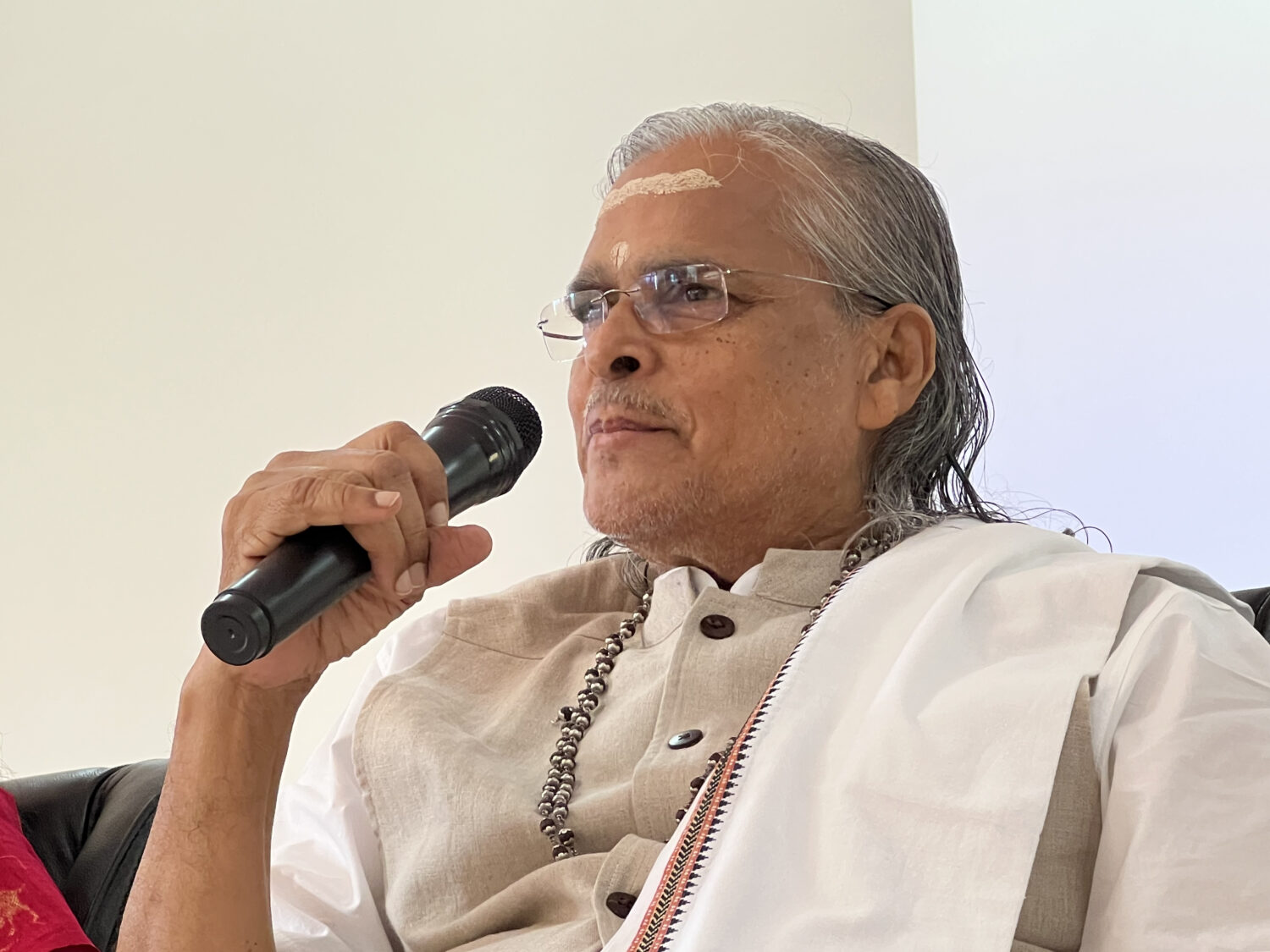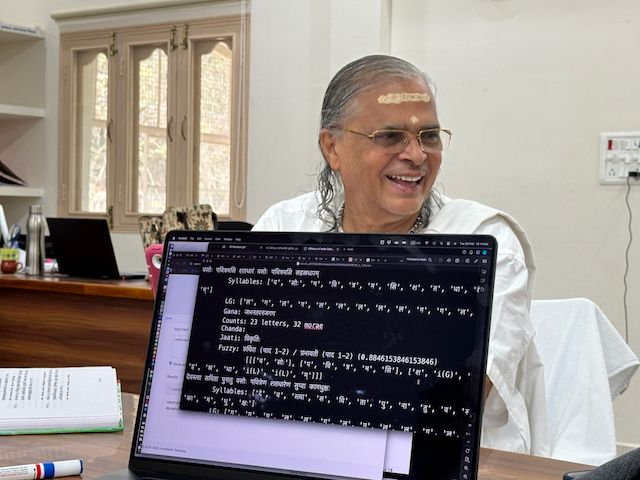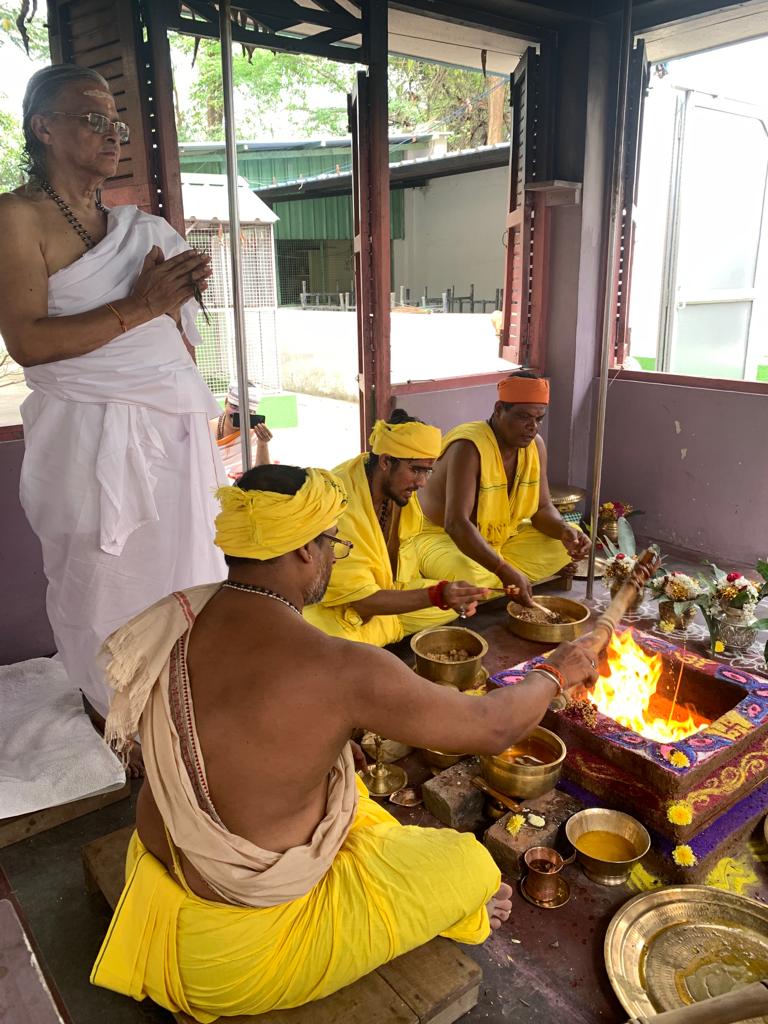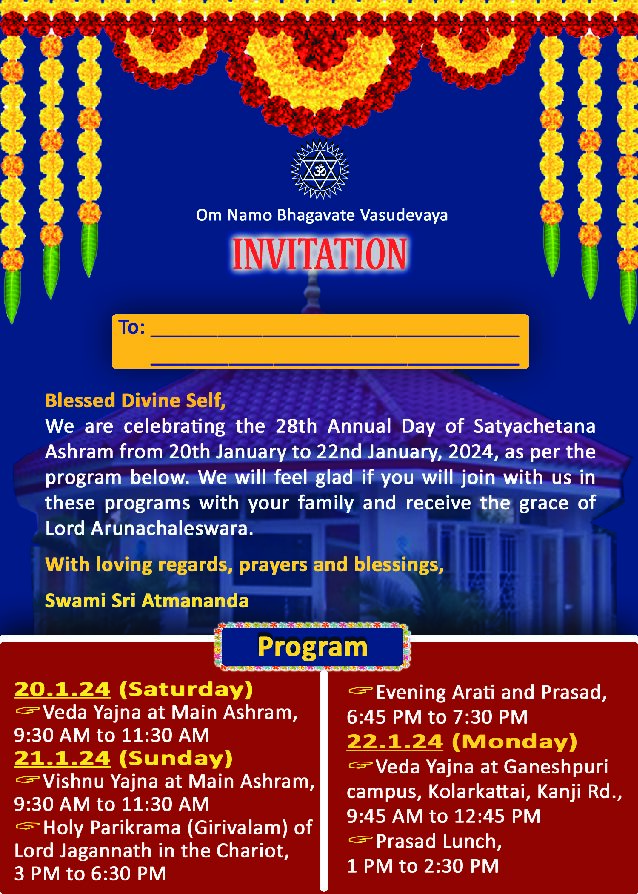
Here is the fourth in Swamiji’s ongoing series of Interactions on the Srimad Bhagavatam, also known as the Bhagavata Mahapurana and Bhagavat Katha. This scripture reveals, through the life of Krishna, the story of God’s incarnations and why he did what he did. This session was recorded in January 2023. If you’d like to join future Interactions in this series as a live Zoom participant, send a request via the Contact page.







